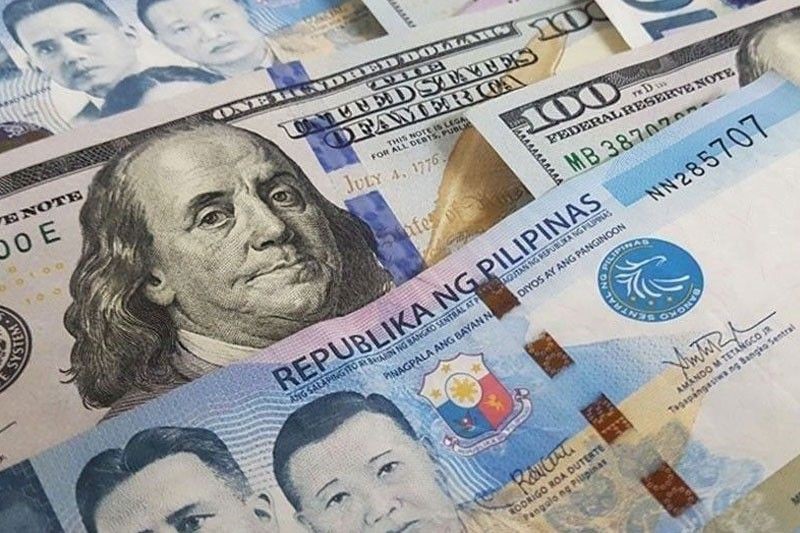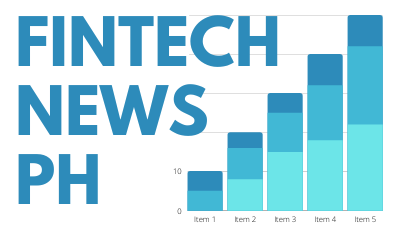According to a forex analyst from British banking giant HSBC, the Bangko Sentral ng Pilipinas (BSP) will continue to defend the Philippine peso to keep it below the 57 to US$1 exchange rate level.
In its most recent currency outlook headlined “PHP: Defense Continues, But With Conditions,” Lenny Jin, a global foreign exchange strategist at HSBC, reported that the peso has primarily been trading around the 56.50 to 57 area.
“For the time being, we anticipate that the USD-PHP will remain near or around 57,” he said.

Currencies in PH Peso and US Dollar (IMAGE CREDIT: www.bsp.gov.ph)
According to Jin, this opinion is supported by the BSP’s hawkish tone, the most recent monthly inflation beat, and the additional upside risks.
Since there is no evident reason for the peso-dollar currency to regress lower, the HSBC analyst also underlined the likelihood that the BSP would restrict the rate firmly below 57 until late this year.
Through the end of 2024, Jin said that he anticipates the dollar strengthening and the continued near-term pressure on all Asian currencies, including the peso.
Jin explained that the BSP’s argument would be contingent on the nominal effective exchange rate (NEER) or the weighted average of the peso versus the currencies of its main trading partners not showing any appreciable strength.
He also noted that to reduce excessive volatility in the foreign exchange market, the BSP would typically draw from its gross international reserves (GIR).
“If the BSP defends 57 while currencies of the Philippines’ key trading partners (excluding the US) weaken, we are likely to see a higher PHP NEER, which may not be desired by the BSP when the exports sector still faces headwinds,” added Jin.
As the NEER of the peso is currently two to three percent, higher than levels observed in October of last year when the peso fell to an all-time low of 59 to the dollar, this is not yet a significant problem.
Jin clarified, however, that the NEER is 1.5% to 2% weaker now than it was in mid-July when the BSP purchased USD to moderate the peso’s appreciation.
“PHP NEER is in the middle of the smoothing range, which suggests that the defense at 57 will perhaps continue until we see another 1.5 to two percent strength in PHP NEER,” the HSBC analyst further said.
According to Jin, the peso will only experience periodic relief when the funding sources for the Philippines’ trade deficit, such as services surplus, remittance inflows from overseas Filipino workers, foreign direct investments, and portfolio inflows, strengthen due to the strength of the dollar and the limited improvement in the country’s trade deficit that is expected.
The BSP Monetary Board increased the key policy rates by 425 basis points between May 2022 and March 2023 in order to control inflation and stabilize the peso. This supported the peso’s strengthening to the exchange rate of PhP 53 to US$1 level in February.
The US Federal Reserve continued to raise interest rates, and Fitch Ratings decided to reduce the US’s credit rating from AAA to AA+, which caused the peso to almost approach the 57 to 1 mark on August 14 and September 6 of last year.
The peso has lost $1 — or 1.9 percent of its value — since it was 55.755 at the end of 2022.

